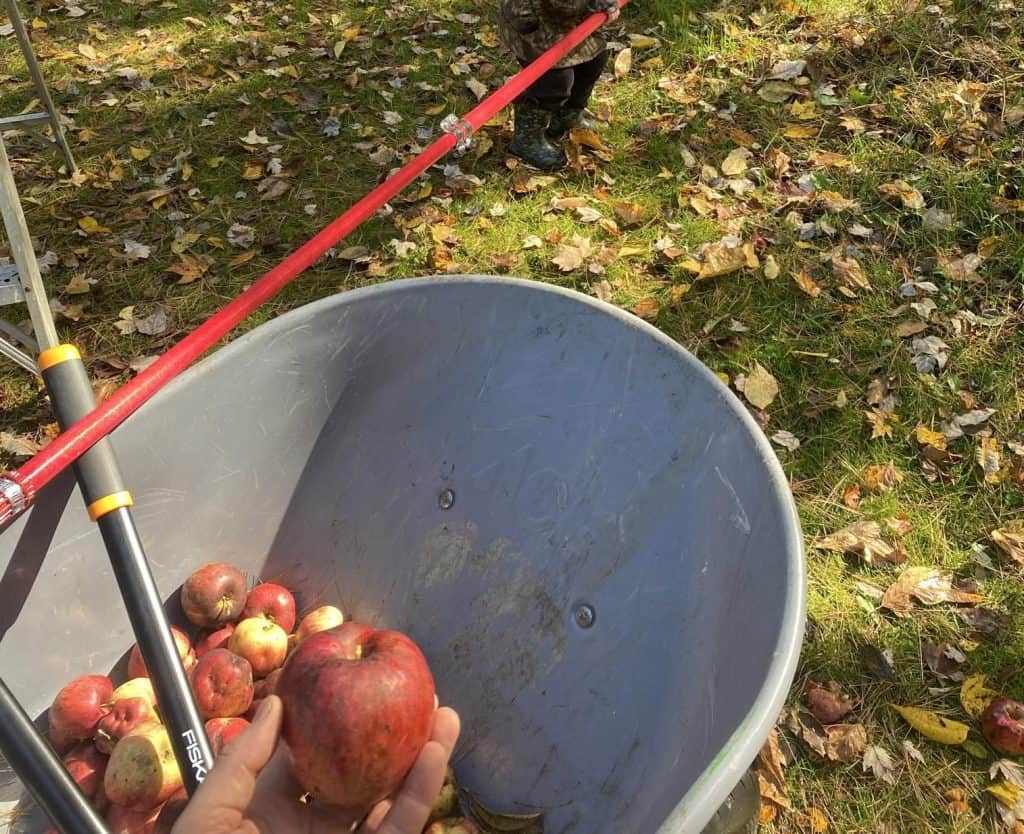A Surprise Discovery: Old Apple Trees on Our Property
When we moved onto our 10-acre property near Lake Erie back in late 2020, we were thrilled to find two old apple trees standing proudly in the yard. Quite big ones! They seemed like they’d been there for decades, enduring every season without much help. Unfortunately, we weren’t given any details about these trees, leaving us with an intriguing mystery as to what kind of apples they are. Identifying them has become a fun little project, though the puzzle remains unsolved for now. We’re still searching.
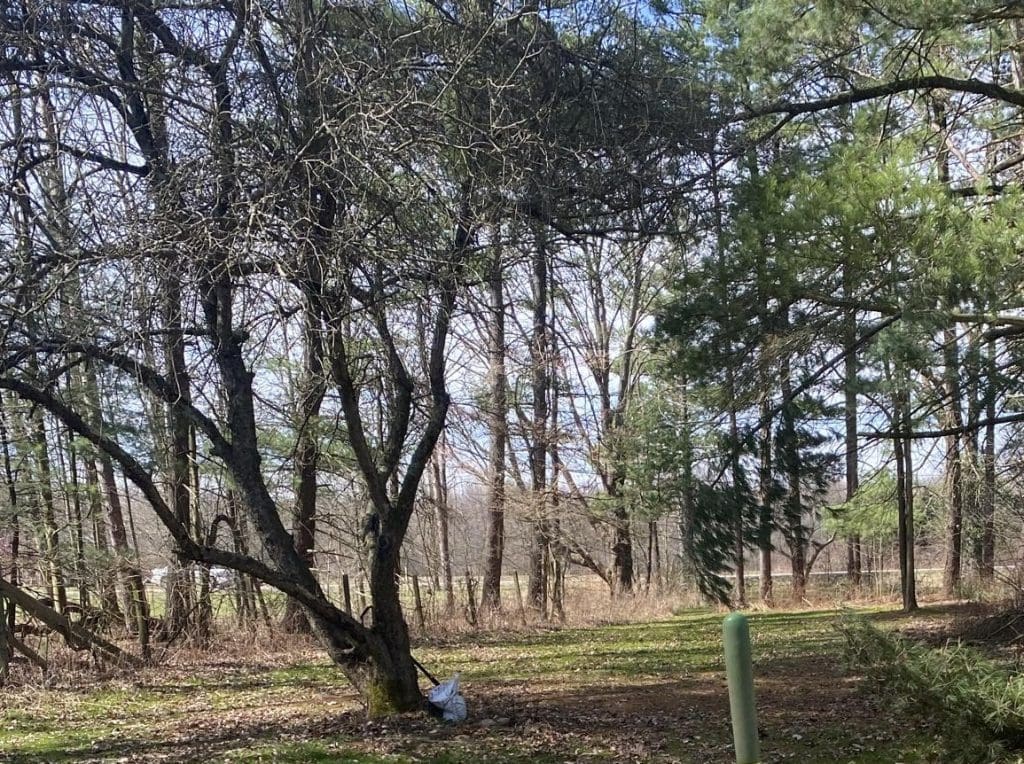
Observing the Trees: A Rollercoaster of Apple Harvests
These old apple trees have certainly kept us on our toes. Their unpredictable habits mean some years we enjoy a generous harvest of apples, while other years, they barely produce anything. Even the apples themselves seem to change—one year, they’re large and juicy, the next, they’re small and sparse. It’s also clear they’re two different varieties, with distinct looks and flavors. If you’re trying to identify an apple tree on your property, start by observing the fruit’s traits like size, shape, color, flavor, and ripening time. We took plenty of notes, pictures, up-close pictures, etc. of the apples each year. Resources like Orange Pippin and Pomiferous can be incredibly helpful, as are books like The Apple Book by Rosie Sanders and The New Book of Apples by Joan Morgan.
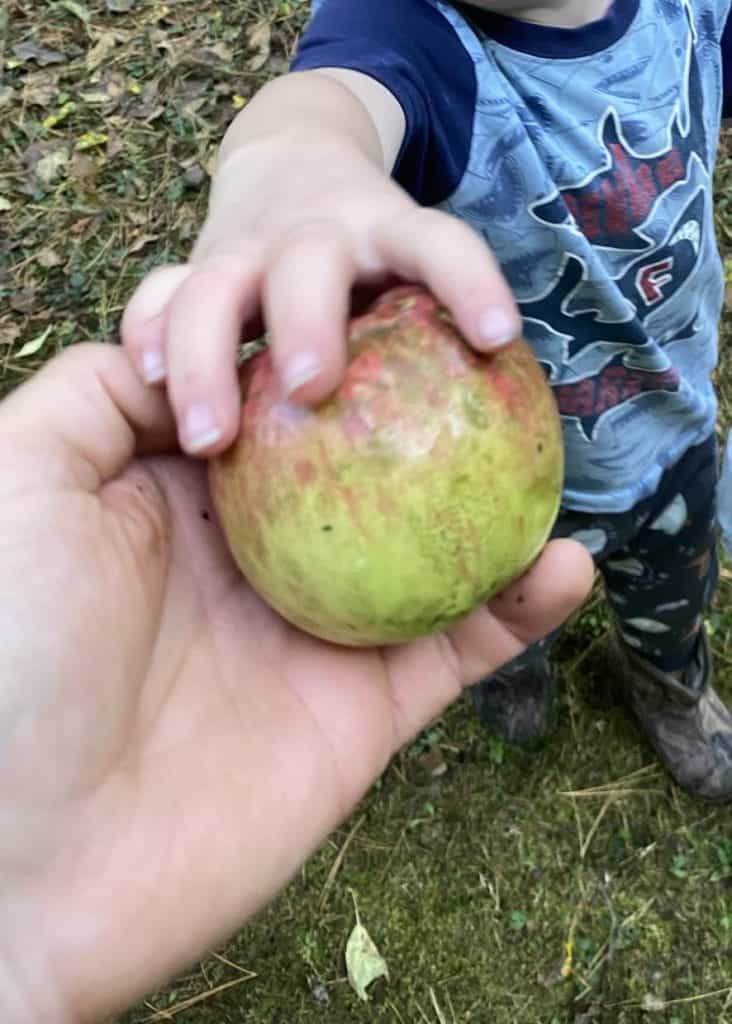
Expanding Our Orchard: New Additions and Lessons Learned
To grow our backyard fruit garden, we planted two new apple trees—Honeycrisp and Red Delicious. While they’re still young and finding their roots, we’re excited to see how they’ll thrive in the years ahead. Meanwhile, the older trees have taught us a lot. In 2023, they surprised us with a really good crop of flavorful apples, but by 2024, even with pruning and organic fertilizer, the harvest was sparse. It’s a reminder that caring for old apple trees takes patience and experimentation.
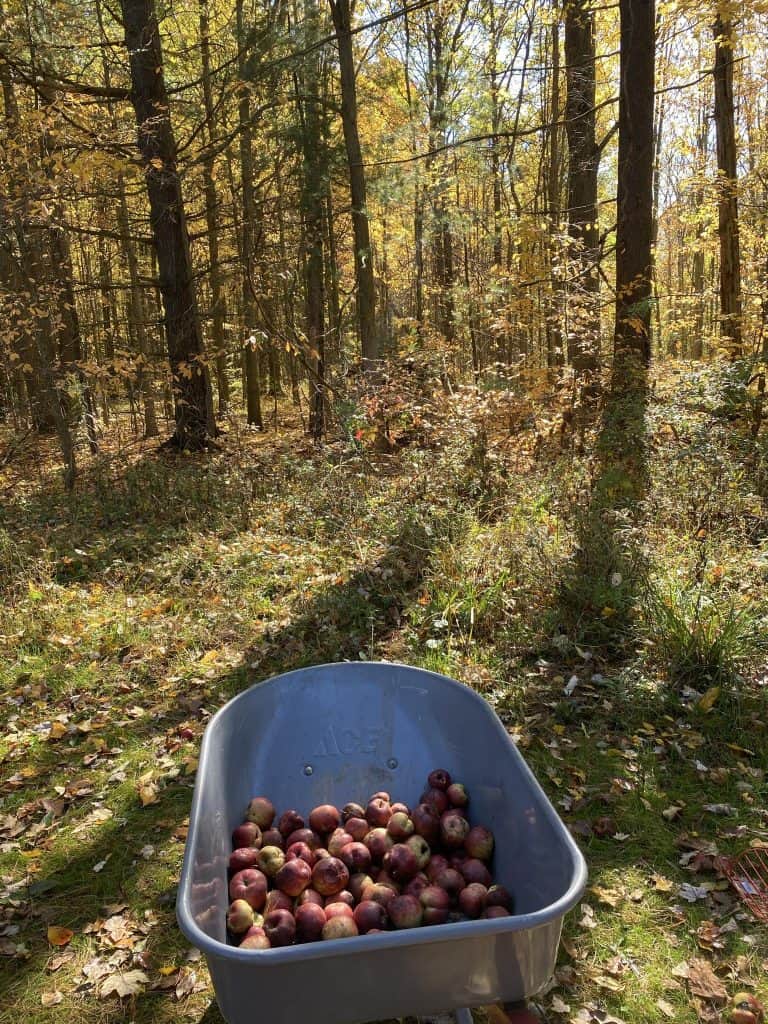
Tips for Caring for Old Apple Trees
If you’re lucky enough to have old apple trees, keeping them healthy and productive can be so rewarding. Start with pruning during late winter—remove dead or diseased branches, thin the canopy for better sunlight and airflow, and gradually shape the tree over a few years to avoid stressing it. For soil health, compost makes a great mulch, but be cautious with nitrogen-heavy fertilizers since too much can lead to leafy growth at the expense of fruit. Water deeply during dry periods without overwatering, and keep a watchful eye for pests or diseases. Address any issues quickly, and disinfect your tools to prevent spreading problems.
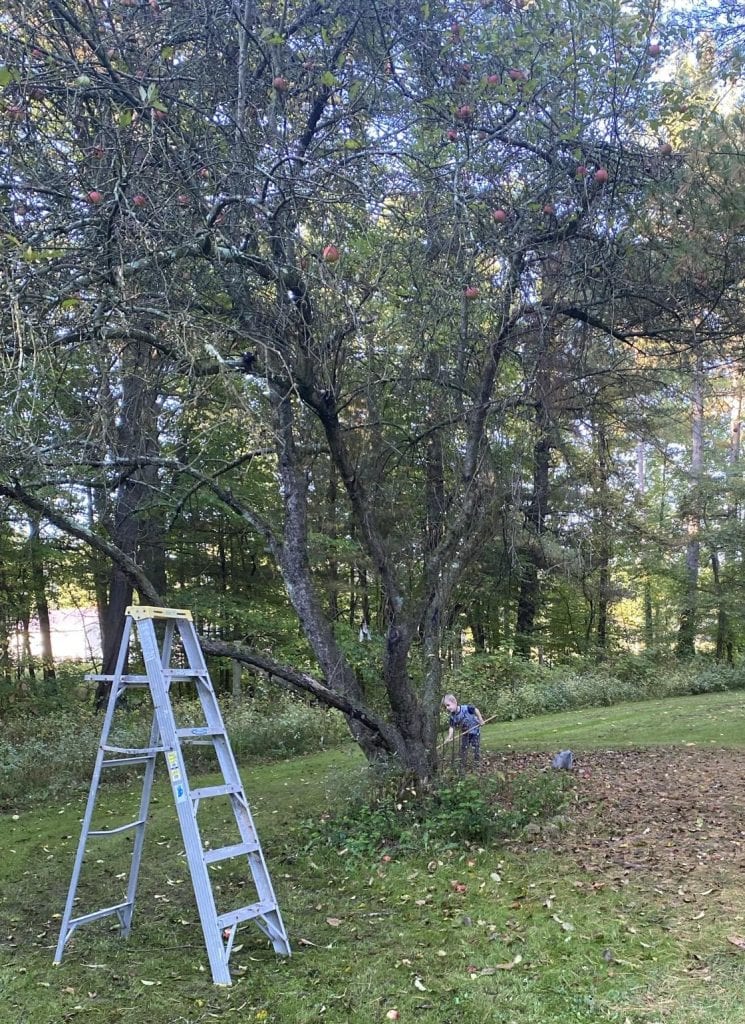
Exploring More Backyard Fruit Garden Ideas
Thinking of adding more fruit trees? Dwarf or semi-dwarf varieties are excellent for smaller spaces, and espalier trees (trained along walls) add both beauty and practicality. Companion planting with herbs or strawberries under the trees can attract pollinators and enrich the soil. If space is tight, look for self-pollinating trees or even consider container planting for flexibility. In our area, plums grow well, so adding a few plum trees is definitely on my to-do list. They’re not just delicious—they’ll add variety and charm to the orchard.
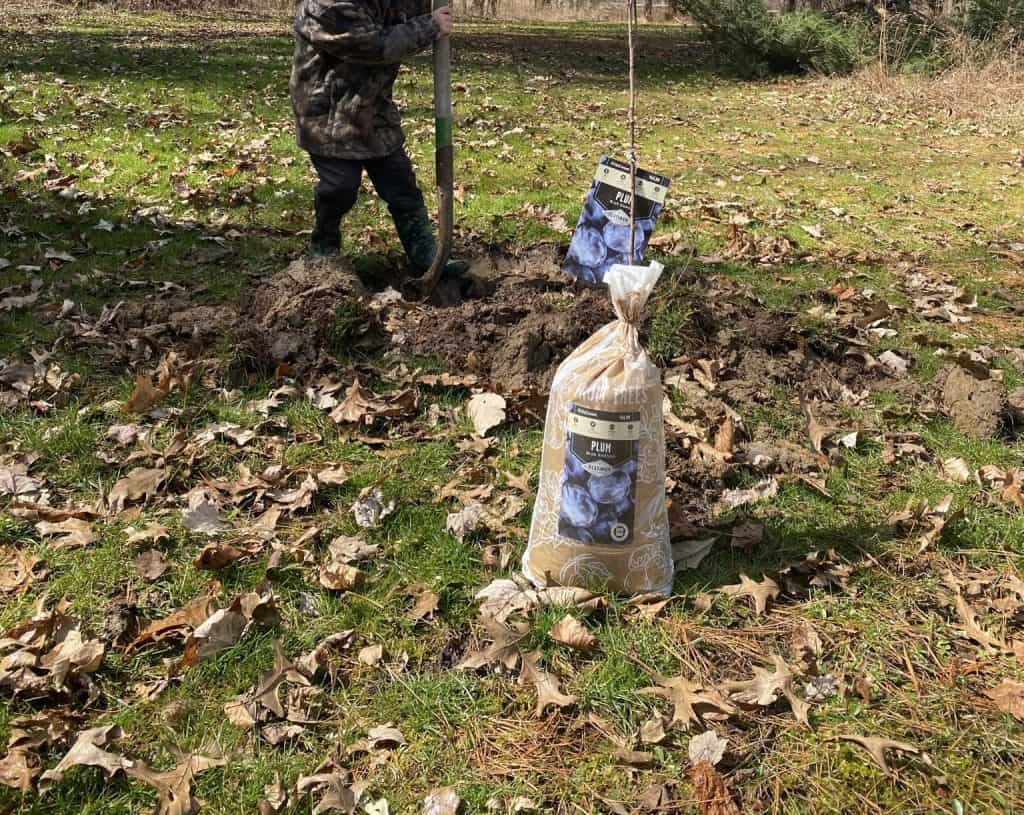
Solving the Mystery of Our Apple Trees
As for our old apple trees, I’m still determined to identify them. With resources like databases and local experts, it feels like the answer is within reach. Whether they remain a mystery or we finally crack the code, these trees have already brought us so much joy and learning. Do you have apple trees in your backyard? I’d love to hear about them—and your tips for creating a thriving fruit garden!
